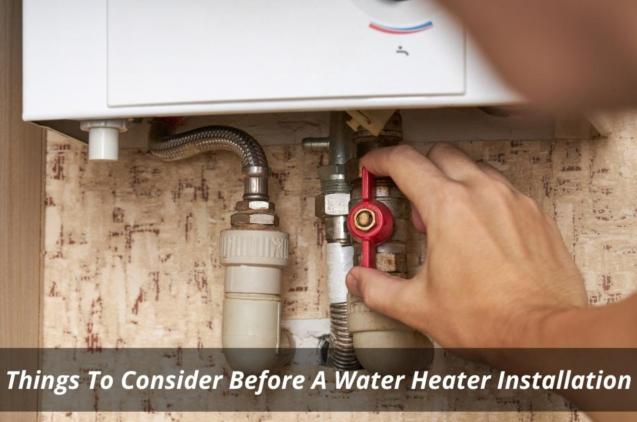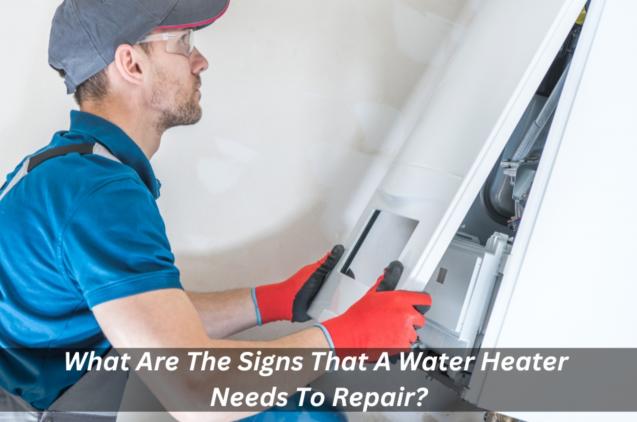
Understanding How Your Hot Water System Works
By Sydney Hot Water Systems|December 21, 2022
How much do you really know about your home heating system? If you don’t know how it works, then hot water systems are complex machines that require maintenance and regular cleaning. If you don’t take care of them properly, they might break down or cause damage to your home.
A hot water tank is usually located outside your house, where it collects heat from the sun during the day. The heat is then transferred into your home through pipes. When the temperature inside your home drops below the desired level, the heating element turns on and heats the water stored in the tank.
What is a hot water system? how does it work?
Hot water is heated by an electric element, which is controlled by a thermostat. This thermostat is usually mounted on top of the tank. It has a small sensor that can detect when the water temperature inside your home reaches a certain point. Once this happens, the thermostat will automatically turn on the heating elements.
The heating elements are placed around the outer wall of the tank. They have two main purposes: to keep the temperature inside the tank constant and to ensure that the water doesn't freeze at night time.
How does a hot water system work?
If you want to understand how a type of hot water system works, here's what you need to know.
Piping comes in several sizes and materials. For example, copper pipes are often seen inside bathroom walls. While steel is mostly associated with water lines, it is also the common type to see plastic tubing in kitchens.
Another type is the gate valve. It has a slit or hole through which the flow of liquid passes.
The cartridge faucet uses a removable cartridge that holds both the sprayer and the diverter assembly. With the spout style, the entire unit can be replaced in case of damage. Mixer faucets have two separate handles that control both the temperature and the volume of the delivered water stream.
DE removes chlorine and heavy metals. Most filters can last between 6 months and 2 years. After that, it is recommended to replace them.
As you can see, there are many parts of your energy efficiency hot water system that play an important role in delivering warm water. If you want to ensure that you will always have access to hot water, then it’s best to take care of all aspects of your hot water system.
A hot water tank is usually located outside your house, where it collects heat from the sun during the day. The heat is then transferred into your home through pipes. When the temperature inside your home drops below the desired level, the heating element turns on and heats the water stored in the tank.
What is a hot water system? how does it work?
Hot water is heated by an electric element, which is controlled by a thermostat. This thermostat is usually mounted on top of the tank. It has a small sensor that can detect when the water temperature inside your home reaches a certain point. Once this happens, the thermostat will automatically turn on the heating elements.
The heating elements are placed around the outer wall of the tank. They have two main purposes: to keep the temperature inside the tank constant and to ensure that the water doesn't freeze at night time.
How does a hot water system work?
If you want to understand how a type of hot water system works, here's what you need to know.
- The heating element
- The thermostat
- The pump
- Boiler
- The piping
Piping comes in several sizes and materials. For example, copper pipes are often seen inside bathroom walls. While steel is mostly associated with water lines, it is also the common type to see plastic tubing in kitchens.
- The valves
Another type is the gate valve. It has a slit or hole through which the flow of liquid passes.
- The faucet
The cartridge faucet uses a removable cartridge that holds both the sprayer and the diverter assembly. With the spout style, the entire unit can be replaced in case of damage. Mixer faucets have two separate handles that control both the temperature and the volume of the delivered water stream.
- The drain line
- Drain hose
- The vent stack
- The overflow tube
- The tank
- The water heater element
- The filter
DE removes chlorine and heavy metals. Most filters can last between 6 months and 2 years. After that, it is recommended to replace them.
As you can see, there are many parts of your energy efficiency hot water system that play an important role in delivering warm water. If you want to ensure that you will always have access to hot water, then it’s best to take care of all aspects of your hot water system.



